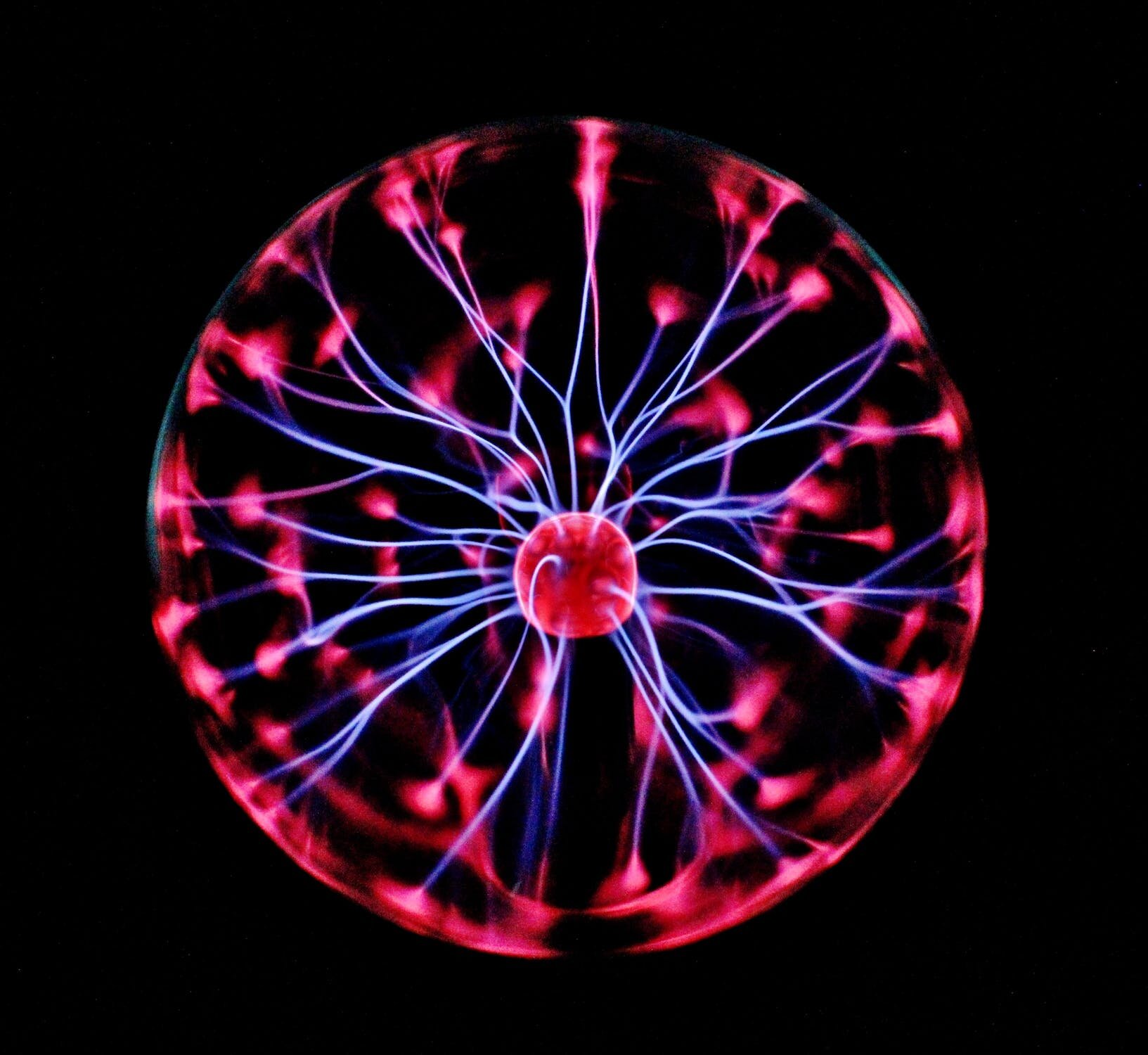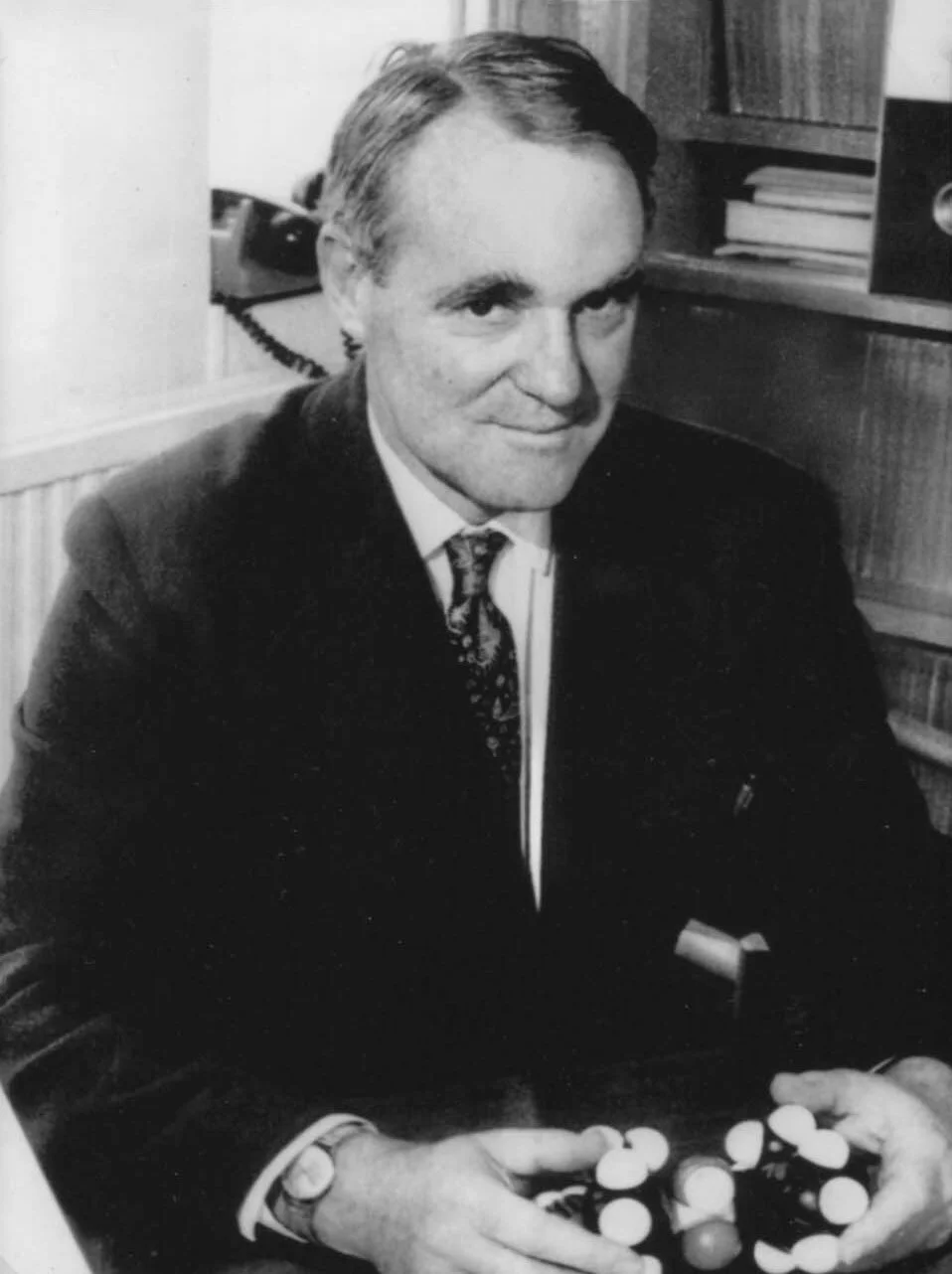
October is Disability Awareness Month
Spotlight Scientists
Joseph Priestley (1733 - 1804)
Joseph Priestley contributed to a wide variety of fields throughout his career, including as a chemist, natural philosopher, separatist theologian, grammarian, educator, and a liberal political theorist. As a young man, Priestley developed a severe illness that left him with a permanent stutter. Nevertheless, he made many important discoveries in the field of chemistry, including the discoveries of many molecules, including NO, HCl, NH3, N2O, and most famously O2, which he is said to have discovered independently from Swedish chemist Carl Wilhelm Scheele. He also made important advancements studying electric and coronal discharge, optics and vision, and he even pioneered a method for creating carbonated water.
John Cornforth (1917 - 2013)
John Cornforth was an Australian-British chemist who earned his PhD from Oxford in 1941. At the age of 10, he began showing signs of deafness, which later manifested as a diagnoses of otosclerosis, which causes progressive hearing loss. He contributed significantly to the understanding of penicillin purification and concentration and helped write The Chemistry of Penicillin. He also worked on synthesizing sterols and cholesterol at the National Institute for Medical Research (NIMR), for which he would earn the Davy Medal in 1968. He also earned the Nobel Prize in Chemistry in 1975 by studying the stereochemistry of enzyme-catalyzed reactions.
Florence B. Seibert (1897 - 1991)
Florence Seibert was an American biochemist who earned her PhD from Yale University in 1923. She had contracted Polio at age 3 and from then on needed to wear leg braces and walk with a limp. She successfully isolated the tuberculosis protein molecule in 1937-38 and identified the active agent, which allowed her to develop a method for purifying crystalline tuberculin derivatives. This would later become an international standard for tuberculosis tests. For this work she was awarded the Garvan Medal by the American Chemical Society and was later inducted into the National Women’s Hall of Fame. She later became a professor at Phipps Institute, and even after her retirement, continued to work on the etiology of cancer.
GMU Spotlight Scientist
Justin Wittrock
My name is Justin Wittrock, an Iowa native who is also a 4th-year Physics PhD candidate at George Mason University, and my pronouns are he/him. It wasn’t until I was 1 ½ years old before I was diagnosed with severe-to-profound deafness. Being Deaf in a hearing world comes with many challenges and struggles, especially given that deafness is often invisible and poorly understood. Also, Deaf/Hard-of-Hearing students are underrepresented in PhD programs, including STEM. Although I do know American Sign Language and Signed Exact English, I prefer myself communicating verbally instead and am very reliant on lip reading. I’ve always been interested in learning about different worlds aside from Earth since I was little. I started off pursuing B.S. in Meteorology at Iowa State University, then I went to University of Iowa for B.S. in Astronomy and Physics. Afterward, I obtained an M.S. in Physics with concentration in Astronomy at San Francisco State University and had published two first-author papers. Currently, I’m working with Dr. Peter Plavchan on modeling the transit timing variation of AU Mic b and c (also writing a third paper and planning additional papers) and characterizing young exoplanetary systems. Additionally, I have been involved in organizing follow-ups of numerous transiting planets using our on-campus telescope. During my spare time, I enjoy playing video games (Zelda, Pokémon core series, Metroid), watching anime (My Hero Academia, Black Clover, Demon Slayer, etc.), and reading fantasy and science fiction books.
The men and women in our spotlight changed the course of science over and over. However, there are uncountable more that accelerated our progress further.
To learn more about these incredible people, follow the links below:
Annie Jump Cannon: National Women’s History Museum, Massive Science, Space.com
John Cornforth: Nobel Bio, Lindau Nobel Laureate Meetings
Joseph Priestley: American Chemical Society, Science History Institute, Bath Royal Literary and Scientific Institute
Gustav Kirchhoff: Maths History, Famous Scientists, Britannica
Stephen Hawking: Nature, Hawking Website, The Guardian





